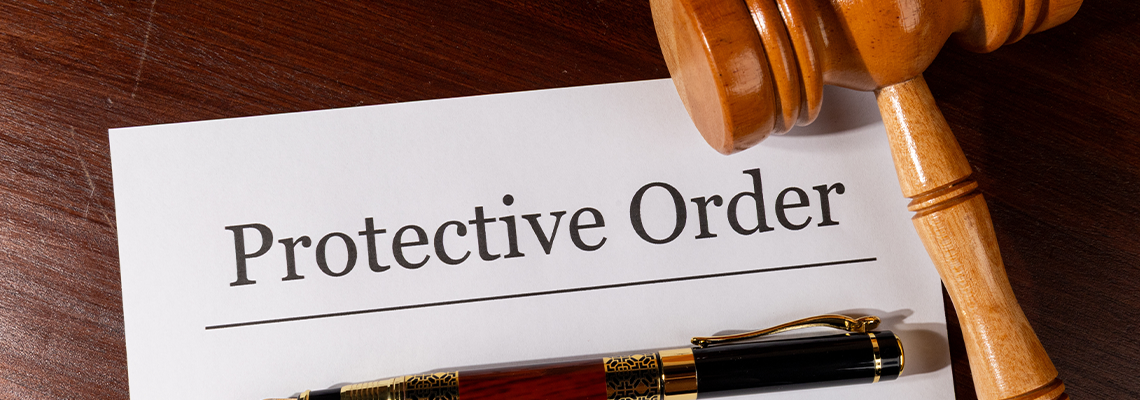
The decision to file for divorce never comes easy, no matter how long your marriage has lasted or what the reason for ending your marriage is. After all, you must consider how a divorce would affect your family and children, your financial situation, and your housing, among other things.
However, once you make that decision, you need to know what steps to take to initiate divorce proceedings to put an end to your marriage while avoiding drama and minimizing expenses as much as possible.
While you can end your marriage without legal counsel, there is no guarantee that the outcome of your divorce will be favorable to you. Why? Because getting a divorce is a process full of ever-changing variables, emotions, and uncertainty.
With legal counsel, you can avoid serious legal and financial pitfalls and ensure that your best interests are looked after throughout the divorce proceedings. If you are ready to discuss your situation with a divorce attorney, contact C.Y. Lee Legal Group, located in Houston, Texas.
Where to File for Divorce?
Before you initiate the dissolution of marriage in Texas, you need to determine where you will be filing your divorce papers. The venue depends on where the parties live. Under Texas law, either party–the petitioner or the respondent–must have lived in the state for at least six months to initiate the divorce proceedings (Texas Family Code Section 6.301).
As for the county, divorce papers can be filed in the district court county where the petitioner or the respondent has resided for the past 90 days. These rules are known as “residency requirements.”
What to Do Before You File for Divorce in Texas
Once you have established that you meet the residency requirements to file for divorce in Texas, you can proceed to the next two steps: determining what type of divorce to pursue and preparing divorce forms.
1. Determining the Type of Divorce
Now you need to determine the manner in which your marriage is to be dissolved. Most couples prefer an uncontested divorce due to its simplicity, lower costs, and the potential for speedier resolution, but not all couples qualify for this type of divorce, in which case they will go through a contested divorce.
To pursue an uncontested divorce, both spouses must reach an agreement covering all issues related to the dissolution of their marriage, including:
Division of property and debt
Spousal support (alimony)
Child support
Child custody and visitation
In addition, for a divorce to qualify as uncontested, the spouses need to pursue a divorce on a no-fault ground, which involves agreeing that the marriage has become “insupportable” and that there is no hope of reconciliation.
2. Preparing Divorce Forms
As with any other legal proceeding, you need to prepare and submit specific forms to initiate your divorce. There may be different forms depending on whether you have minor children, whether you are the spouse who files the petition for divorce or responds to it, whether you and your spouse agree on the terms of the divorce, and more.
Serving Your Spouse After You File for Divorce
Once you file a petition for divorce with the court, you need to notify your spouse of the pending legal action. While this might seem like a formality, you cannot proceed with the dissolution of your marriage without this step. The law recognizes several ways to serve your spouse:
Personal service
Service by certified or registered mail
Alternate service such as serving your spouse by sending an email or notifying them on social media (however, this requires authorization from the court)
Service by publication, which involves publishing a notice in a local newspaper when other methods of service have been unsuccessful
When the respondent–the spouse who must be served–is willing to skip service of process to expedite the divorce process, they can use the Waiver of Service form to avoid being physically served.
What Happens Next?
After the respondent has been served, the next steps in your case depend on the type of divorce:
Uncontested divorce. The respondent files an answer to the petition or signs the Waiver of Service form to skip the service of process. Then, the respondent and the petitioner sign the Final Decree of Divorce form, which outlines the agreement the parties have reached. The judge will then sign the decree to make the divorce final. Often, spouses submit their signed Final Decree of Divorce form when filing their initial divorce paperwork to save time.
Contested divorce. The respondent has 20 days to respond to the divorce petition. If no response is filed within the 20-day timeframe, the petitioner will be granted a default divorce. This means the divorce will proceed without the respondent’s involvement and they will have no right to present their side of the case. After the response has been filed, the case proceeds to trial where the judge will decide on the issues the spouses couldn’t agree on.
Regardless of whether the divorce is contested or uncontested, both spouses are legally required to exchange documents about their property, debts, and finances. These documents–called “disclosures” in divorce proceedings–must be provided within 30 days after the respondent responds to the petition (Texas Rules of Civil Procedure, Rule 194.2).
Get Help with Filing for Divorce
If you are considering divorcing your spouse or have been served with divorce papers, our team at C.Y. Lee Legal Group can assist you in Houston, Texas. We are committed to providing you with the supportive and compassionate guidance you deserve when getting a divorce.
We care about you, your family, and your emotional and financial well-being, which is why our goal is to help you move on to the next chapter of your life as quickly and as painlessly as possible. Get in touch today by setting up a case evaluation.



